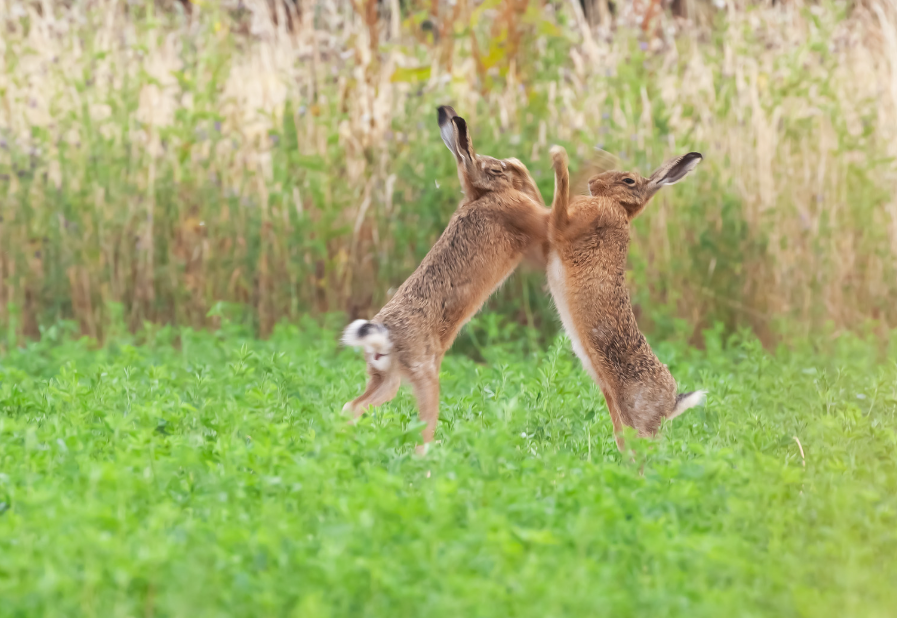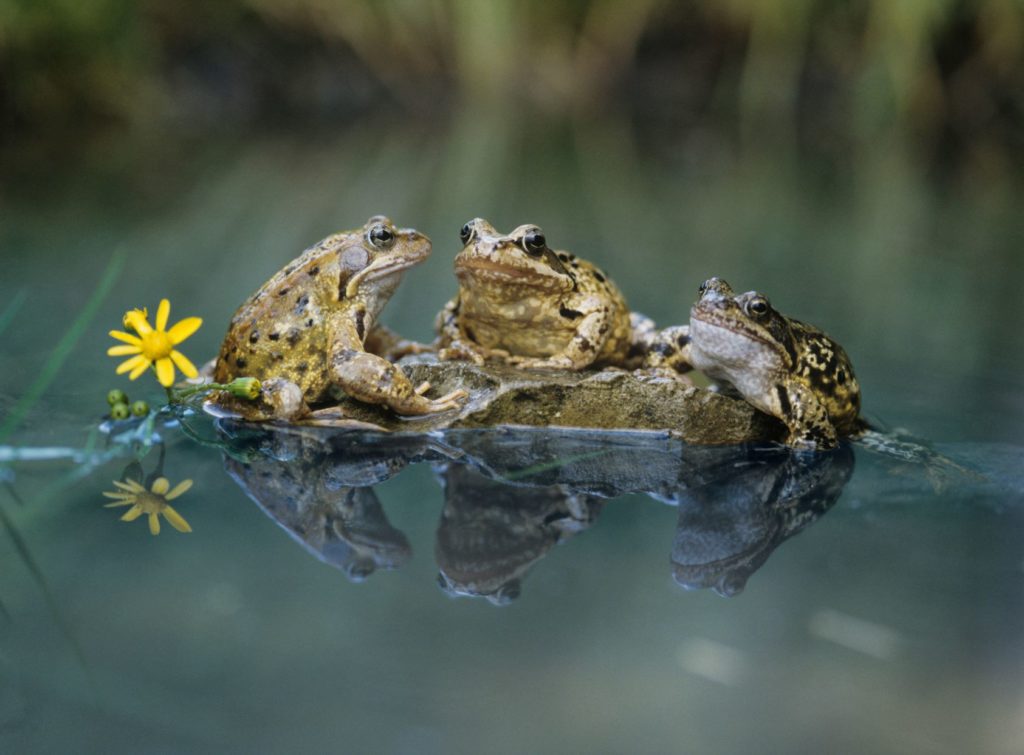Spring nature: what to notice at this time of year
Our favourite of all the seasons – when wildlife reawakens and flowers bloom, spring brings bursts of colour turning our green spaces into a hive of activity.
Join us as we celebrate the circle of life this spring by noticing and nurturing the nature around us. From chiffchaffs to catkins, here is our list of things to look out for this season. Let nature stimulate your senses…
Chiffchaffs
A welcome visitor, returning to Britain from its winter feeding grounds around the Mediterranean and North Africa, along with the sand martin, the chiffchaff is one of the first summer birds to arrive. Its pitch-perfect two-note song is the signal to us all of brighter, warmer days to come.
This dainty little bird is not as distinctive in appearance as it is in song, with delicate, Olive-brown feathers. Between songs, watch to see the chiffchaff foraging avidly for spiders and other early spring invertebrates.

Wild garlic
Your nose will tell you when you’ve found wild garlic! The distinctive aroma rises from the woodland floor as you walk by a carpet of these beautiful leaves. Wild garlic is common throughout the UK, particularly in shady, ancient woodlands.
It can be used in cooking to flavour soups and sauces, but new findings show that a poisonous ‘doppelganger’ version exists, so we’d advise you not to pick it but leave it for the wildlife to enjoy the culinary experience instead…

Boxing March Hares
In what has to be one of Britain’s most spectacular wildlife displays, male hares will ‘box’ with the female to show their strength and stamina, proving they’d be the best father to her young. Watch out for them across flat, open grassy or arable fields, particularly near woodland fringes or dense hedgerows where the hares find shelter. The best time to see them is early in the morning, so set your alarm and head out as the sun comes up.
Did you know, the male hare is called a Jack and the female is a Jill.

Hazel Catkins
One of our most common native tree species, the Hazel, provides a perfect place to hit pause and take a moment to look closer, and explore the insect world. By March, the long, silken silvery buds are bursting open to become bright yellow beacons, irresistible to an array of pollinating creatures. Buzzing with activity, the pollen on these early flowers is an important food source for hungry insects.
An easy one to spot, the Hazel is a common shrub or tree that you’ll find growing in many hedgerows, parks and woodlands. The female flowers are a small vase-shaped bud with red filaments sticking out. If pollinated, these buds become hazelnuts in autumn.

Frog and toad spawn
Lurking at the water’s edge in ponds and other shallow, still waters, frogs and toads are actively spawning throughout February and March. Faced with a scary number of natural predators, as well as being susceptible to weather conditions and diseases, the females lay thousands of eggs, seemingly aware that only a tiny fraction of their brood will survive to adulthood.
You’ll need to look just below the surface of the water to spot the spawn, and with a closer examination you can see how far developed the tadpoles are. Starting as a black dot in the centre of the jelly ball, over 3-4 weeks they start to grow a tail as their incredible transformation begins. Once the tiny tadpole has hatched it takes around 14 weeks to become a frog (slightly longer for toads).
What’s the difference between frogspawn and toadspawn? Frogs lay a cluster of jelly-like eggs, whereas toadspawn comes in long ribbons, much like a string of pearls.
